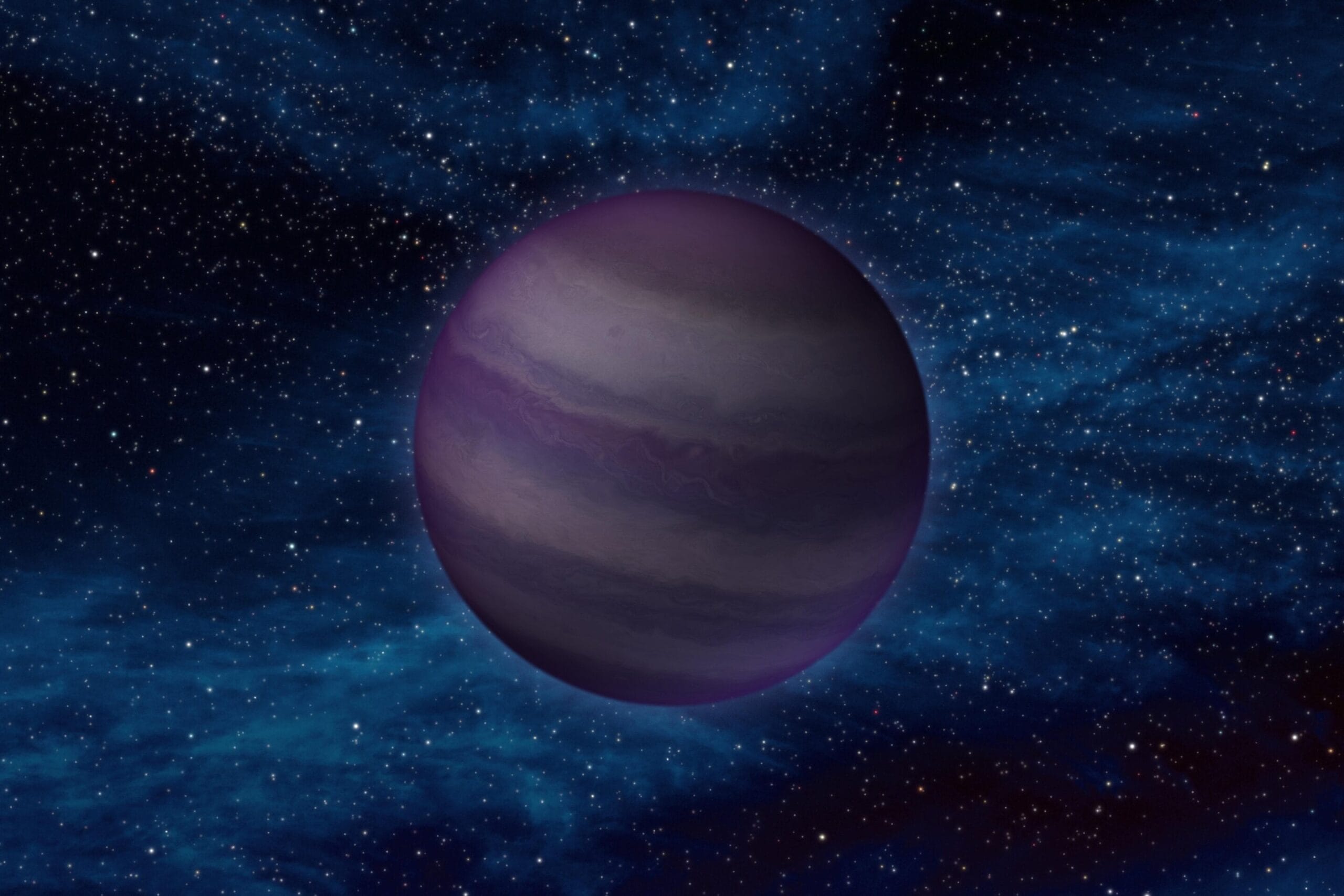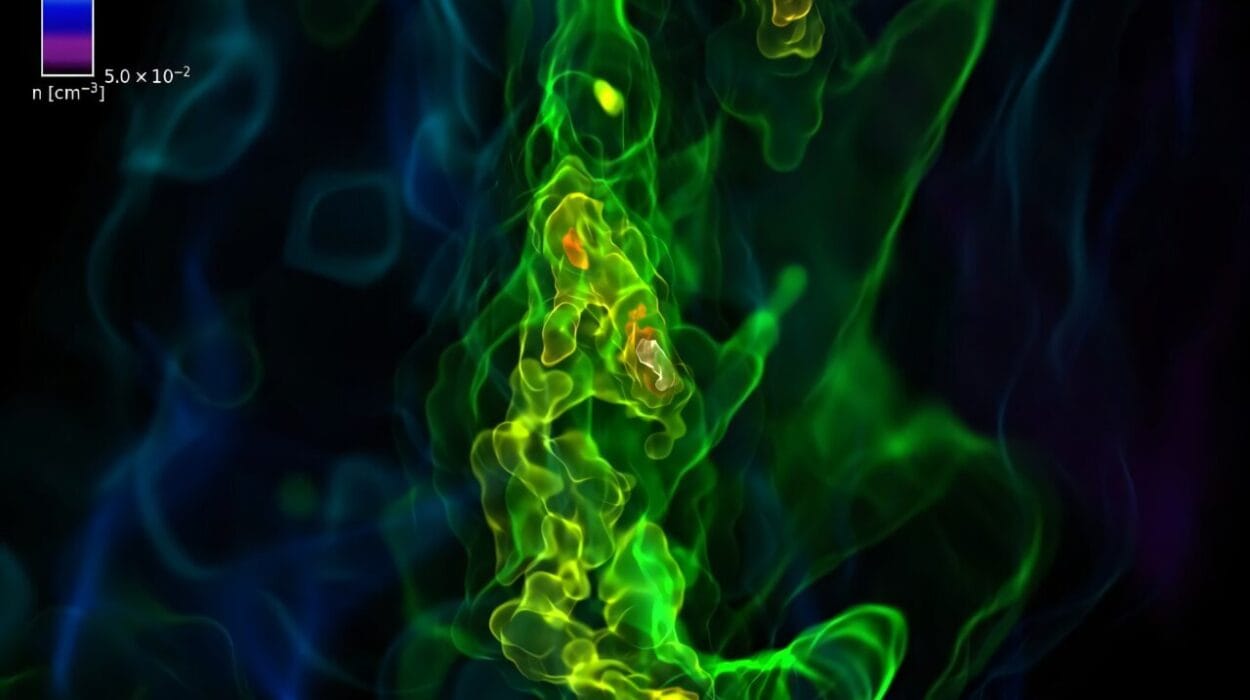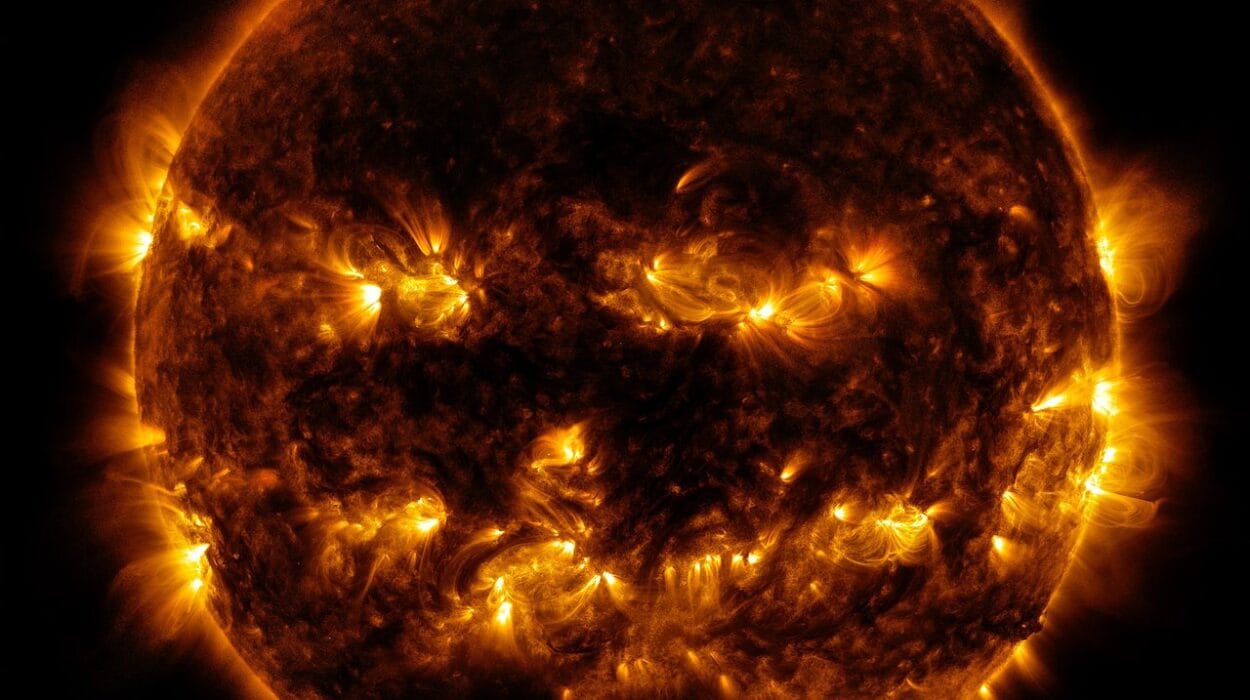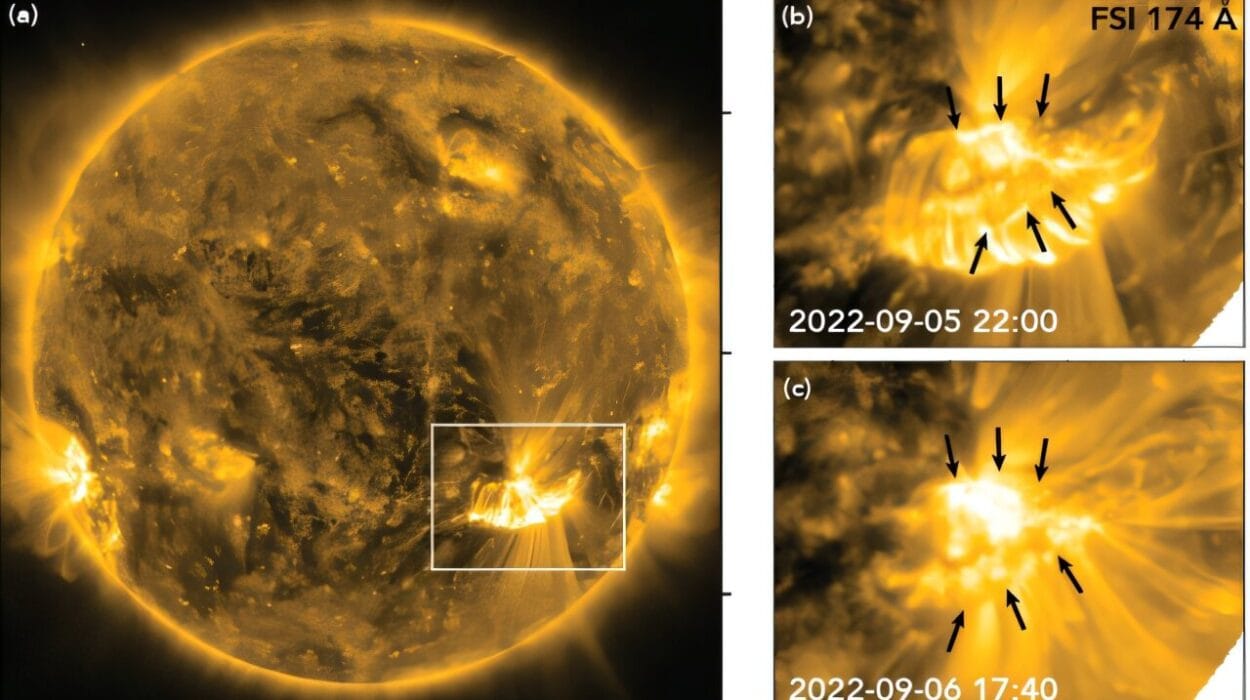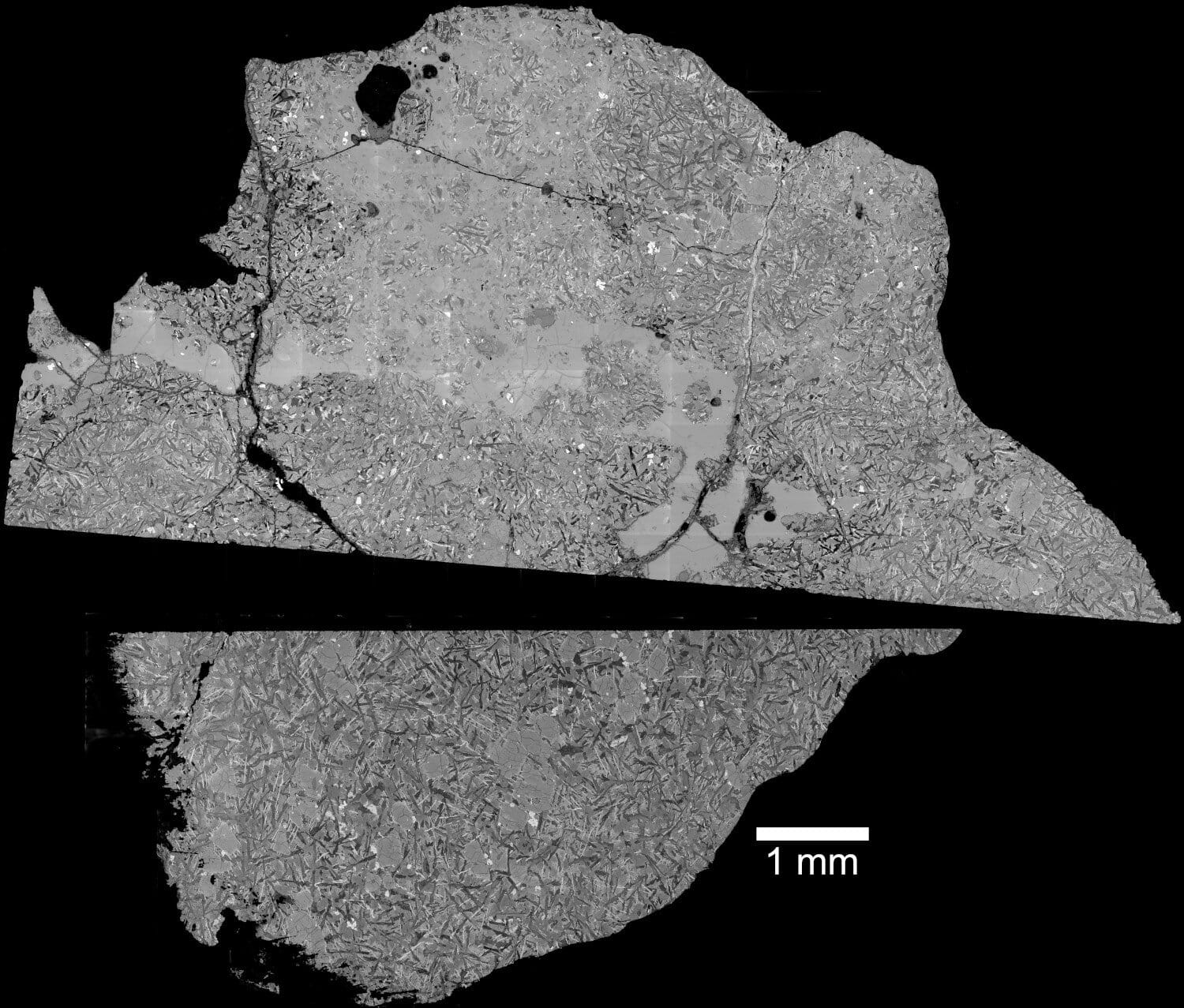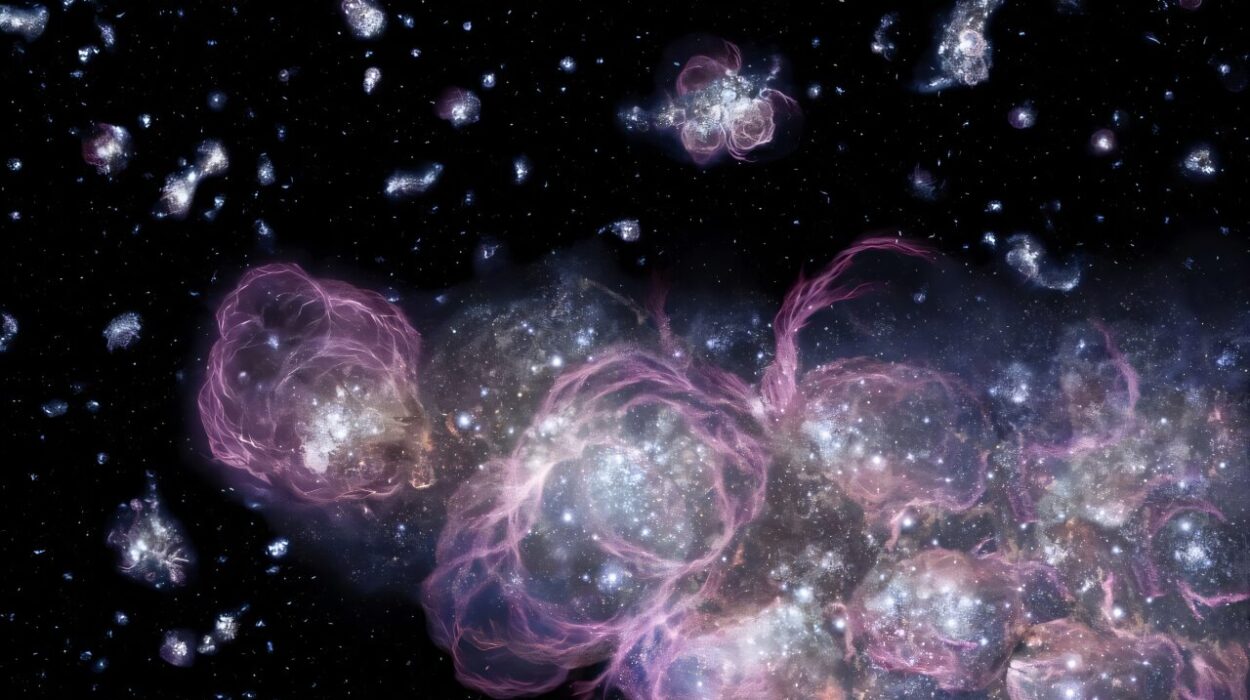Twenty-four light-years away, in the quiet reaches of our galactic neighborhood, something faint, cold, and ancient circles unseen through the dark. It doesn’t shine like a star, nor does it orbit a parent sun like a planet. Instead, it drifts—alone, enigmatic, and dimmer than the deepest night. This object is known as WISE 1738, and only the most powerful eyes in the universe could have spotted it at all.
Discovered in 2011 by NASA’s Wide-field Infrared Survey Explorer (WISE), WISE 1738 quickly caught the attention of astronomers for being one of the coldest known objects outside our solar system. Officially cataloged as WISEP J173835.52+273258.9, it belongs to a rare and mysterious class of celestial bodies known as Y dwarfs—substellar entities so cold and faint that even our most advanced telescopes struggle to detect them. But now, thanks to a stunning collaboration between three of humanity’s most powerful observatories—the James Webb Space Telescope (JWST), the Hubble Space Telescope (HST), and the Gemini Observatory—this cold wanderer is finally giving up some of its secrets.
Between Two Worlds: What Is a Brown Dwarf?
To understand WISE 1738 is to venture into a liminal space in the cosmos—a borderland between stars and planets. Brown dwarfs, often called “failed stars,” are celestial objects too massive to be planets but not massive enough to ignite the nuclear fusion that powers stars. They are twilight creatures of the universe: not hot enough to shine, not cold enough to fade entirely. Their birth is similar to that of stars, collapsing from interstellar clouds of gas and dust, but they falter before ever achieving the brilliance of nuclear ignition.
Brown dwarfs like WISE 1738 challenge the way we define celestial bodies. With a mass just below the hydrogen-burning threshold—approximately 80 times that of Jupiter—they occupy a strange and fascinating space in astrophysics. But WISE 1738 is no ordinary brown dwarf. It’s a Y dwarf, the coldest category in this substellar family, with surface temperatures closer to those of Earth than of any star.
In fact, WISE 1738 is so cool—measured at around 402 Kelvin (just 129°C or 264°F)—that if you could somehow stand on or near it, you wouldn’t be instantly vaporized. You’d still die, of course, because of the toxic gases and crushing gravity—but not because of searing heat. It is a cosmic paradox: a substellar object that radiates faint infrared light, cooler than boiling water, yet harboring the mass of a gas giant and the mystery of a star.
A Cosmic Collaboration to Unveil a Hidden World
Though WISE 1738 had been identified over a decade ago, its true nature remained frustratingly elusive. Conflicting studies painted very different pictures. Some argued it was only half the size of Earth and five times more massive than Jupiter, while others claimed it was over one Jupiter radius in size with a much larger mass—closer to 59 Jupiter masses. Such uncertainty made it a tantalizing target.
Led by astronomer Malavika Vasist of the University of Liège in Belgium, an international team of researchers set out to solve the puzzle using the best tools at humanity’s disposal. The James Webb Space Telescope, with its Mid-Infrared Instrument (MIRI), provided a finely tuned look at the object in the 5 to 18 micron range. Complementing this were near-infrared spectra from Hubble’s Wide Field Camera 3 and Gemini’s Near-Infrared Spectrograph (GNIRS), creating a powerful three-way observational approach.
Together, these telescopes formed a symphony of insight, each observing in different wavelengths and combining their findings into a clear and coherent view of WISE 1738 for the first time. What they uncovered was not only a more accurate portrait of this Y dwarf, but also startling revelations about its atmosphere and composition.
Beneath the Shroud: A Giant Cloaked in Cool
According to the new observations, WISE 1738 has a radius of approximately 1.14 times that of Jupiter and a mass of about 13 Jupiter masses—settling the debate about its size and bulk. This places it near the lower mass limit of brown dwarfs, where the boundary between planets and substellar objects blurs into a gray zone.
Its surface temperature was measured at 402 K (about 129°C), making it one of the coldest Y dwarfs ever thoroughly characterized. Its age? Somewhere between 1 and 4 billion years—a middle-aged object by cosmic standards, likely born long before life arose on Earth. It spins slowly by astronomical standards, completing a full rotation every six hours.
And all of this, mind you, is happening a mere 23.9 light-years away—just next door in galactic terms. WISE 1738 is faint, but not far. It lurks quietly in our cosmic backyard, invisible to the naked eye yet fully alive with atmospheric drama.
Chemical Alchemy in the Skies of WISE 1738
Perhaps the most fascinating findings of all come not from the object’s size or mass, but from its atmosphere—a rich and volatile chemical soup filled with hints about its past, its formation, and the strange physics that govern such cold objects.
The team’s observations found strong evidence of disequilibrium chemistry in the atmosphere, caused by vertical mixing. This means that gases from deeper, hotter layers are being stirred upward into the cooler upper atmosphere faster than they can react and settle into a chemical equilibrium. It’s as if the air itself is in a state of flux, never allowed to rest.
This disequilibrium leads to an unusual mix of molecules. Carbon monoxide, methane, ammonia, water vapor—all dance in strange proportions due to the churning atmosphere. Such chemistry is rare and difficult to model, but it offers vital clues about the object’s temperature structure, gravity, and cloud composition.
Even more surprising was the high carbon-to-oxygen ratio in WISE 1738’s atmosphere, calculated at approximately 1.35. For reference, the Sun has a C/O ratio closer to 0.55. Such a high carbon ratio is unusual, suggesting that this Y dwarf may have formed in a chemically distinct region of its natal molecular cloud—or perhaps it underwent strange processes during its formation.
Alongside this, its metallicity—a measure of elements heavier than hydrogen and helium—was found to be 0.34, meaning it is significantly enriched compared to average stars. This adds another twist: an object with such high carbon and metal content challenges some of our standard models of brown dwarf formation.
Formed from Dust or Born Like a Star?
The chemical makeup of WISE 1738 raises intriguing questions. Did it form like a star, collapsing directly from a cloud of gas? Or did it build up like a planet, coalescing in a disk around a young star before being ejected into the void? Both scenarios could be possible, and neither fits perfectly with what the data shows.
Astronomers hope that future observations will provide clearer answers, particularly regarding oxygen sequestration—the process by which oxygen is trapped in condensed matter and clouds within the atmosphere, altering the observable chemistry. Such insights might help determine whether WISE 1738 is more star-like or planet-like in origin.
What’s clear already, though, is that this object defies simple classification. It is a hybrid creature of the cosmos: star-born but planet-cold, massive yet faint, ancient yet relatively close. It offers a rare window into a type of object that may actually be common in our galaxy, though almost impossible to detect without the right tools.
A Future Rich with Shadows
WISE 1738 is more than a curiosity. It’s a representative of an entire hidden population—brown dwarfs that quietly populate the Milky Way by the hundreds of billions, slipping through space unseen. With JWST’s sensitivity to mid-infrared wavelengths, we are beginning to peel back the veil on these dark wanderers.
These objects matter not just because they’re strange, but because they may help complete the story of how stars, planets, and solar systems form. They may also host atmospheres capable of complex chemical processes, perhaps even including prebiotic molecules—the kind that once sparked life on Earth.
The universe is not made only of the luminous and the bright. It is equally sculpted by shadows, and in those shadows, we now know, reside ancient giants like WISE 1738—cool, quiet, and brimming with untold stories.
Reference: Malavika Vasist et al, Panchromatic characterization of the Y0 brown dwarf WISEP J173835.52+273258.9 using JWST/MIRI, arXiv (2025). DOI: 10.48550/arxiv.2507.12264
